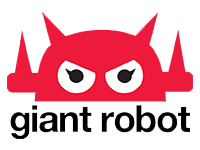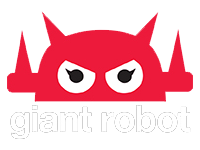Giant Robot Store and GR2 News
When acclaimed critic Hiroki Azuma isn’t writing or teaching at Waseda University, he’s bridging the gap between academia and the general public through the Contectures publishing company as its President and Editor-in-Chief.
With Genron, Contectures English language portal, he and his staff have their eyes set abroad by translating articles for Western readers not adversed in Japanese.
We had the opportunity to sit down with Naoki Matsuyama who is in charge of translations and global outreach and Ko Ransom, a translator for the company, to discuss Genron, criticism in Japan, Azuma’s work, the Great East Japan Earthquake, and the country’s future.
BF: How did you get involved with this project?
NM: I was born and grew up in Italy and I studied in the UK. I came to Japan two or three years ago with very little knowledge of Japanese criticism or Azuma-san’s works. A friend of mine introduced me to Azuma-san’s books by chance and they completely blew me away. It felt to me like it was the first time that criticism was trying to convey something about the current situation and move forward to do something about it, instead of providing a simple negation of the current conditions. I immediately knew that this was something I wanted to get involved in, and I knew I could contribute having straddled between cultures all my life.
So one day I sent him an e-mail saying, because I’m a translator, “If you need any help, I’ll be more than happy to”. That was before the first issue of the journal Shisouchizu Beta was published, and a few days later I received an email saying that he wanted to include English abstracts for all articles in it and that he wanted me to work on that. From there, I started to become involved in different activities of Contectures, the company that was created to publish the journal, including the website Genron that I initiated and an iPad app[lication] as well.
KR: Right around April after the disaster, I was in a Japanese language program in Yokohama. All of my classes at school got cancelled so I was just sitting at home most of the day. I looked at Twitter and I saw someone retweet something that Naoki sent saying that Contectures was searching for translators. I sent an application and after that I managed to get here. It was part of the company’s wave of hiring new translators to do more articles for the disaster issue.
BF: What’s the translation process?
NM: We usually do entire articles and each translator works on one article at a time. The translation team is composed of myself, Ko, and three other translators who all have different specializations. Ko’s is subculture, and he also knows a lot about criticism related to subculture. The other guys specialize in different fields such as modern critical theory in Japan, Japanese orthography and the political history of Japan. We try to do whatever we can that we think will have an impact focusing on translating articles we feel should be read abroad.




